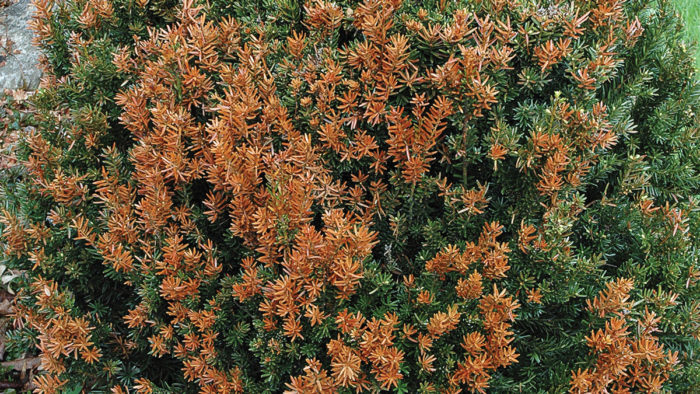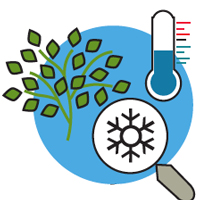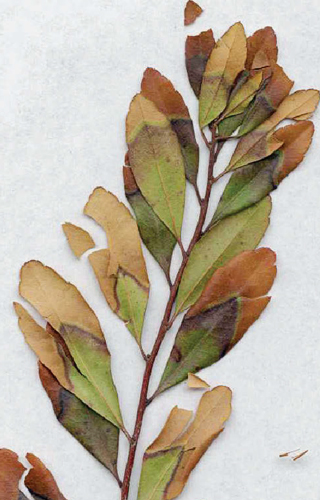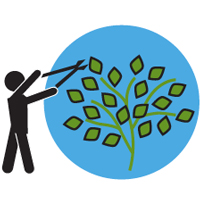
Winter injury is among the most common tree problems experienced in colder areas of the country.
1. What it looks like
Winter injury actually includes several different plant problems that may occur over the course of winter. Browning of leaves, delayed leafing out, and even sometimes the sudden death of a tree can all be telltale signs.
 2. How to diagnose it
2. How to diagnose it
Freezing injury occurs when trees experience temperatures below their current level of hardiness. Cold-hardiness increases as trees acclimate during fall and then decreases as they de-acclimate in spring. If a tree is exhibiting symptoms during these two “shoulders” of plant hardiness, it could be experiencing freezing injury.
3. What causes it

In the Rocky Mountains and Plains states, rapid temperature drops often occur in fall as trees are acclimating; this results in early freeze damage. In the Midwest and East, late frost damage is more common as late cold snaps are preceded by spring warmups that result in de-hardening.
Another common form of winter injury is winter desiccation. This occurs when the air warms enough to cause evergreen conifers or broadleaf evergreens to transpire but the plants can’t replace the water that is lost because the ground is still frozen. In many cases, a snow line will be evident where the needles were protected by snow.

4. How to treat it
The effects of late frost are usually mild, resulting in damage that may require some light pruning. Early or midwinter freezing injury can be more severe. Allow your plants to leaf out in spring, and then prune away any dead or damaged parts of the tree.
From Fine Gardening #194

















Comments
Log in or create an account to post a comment.
Sign up Log in